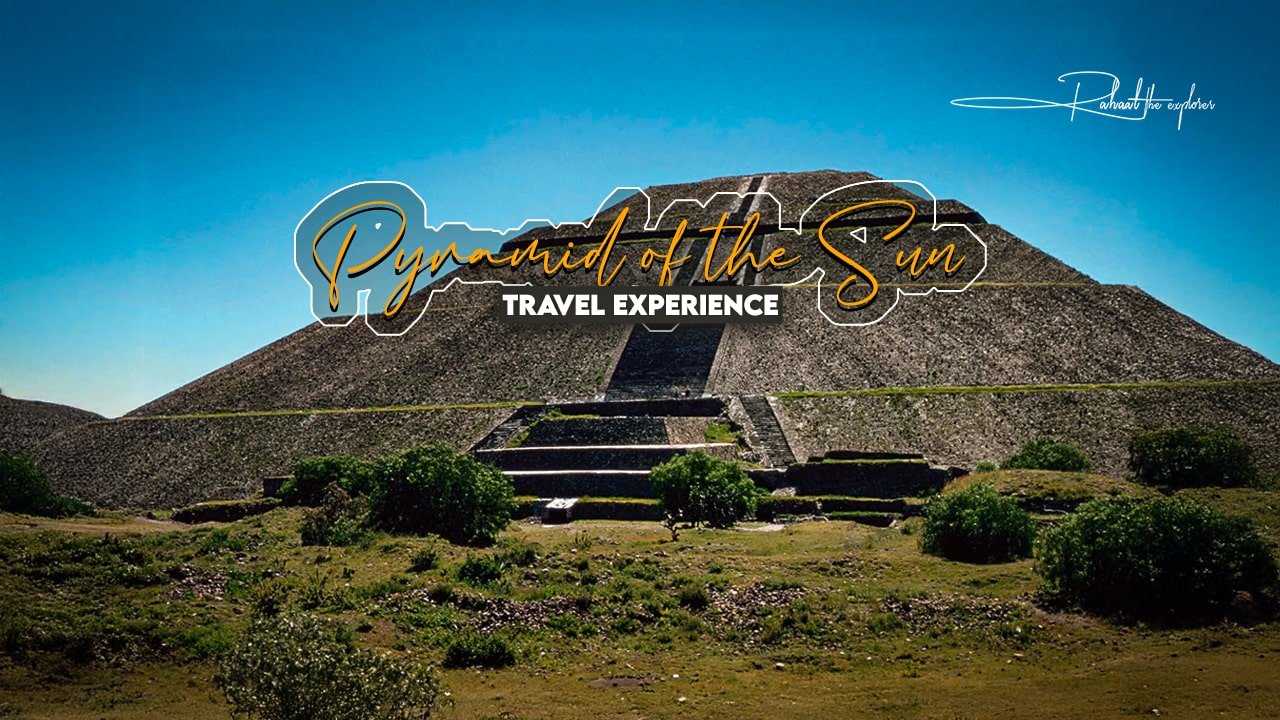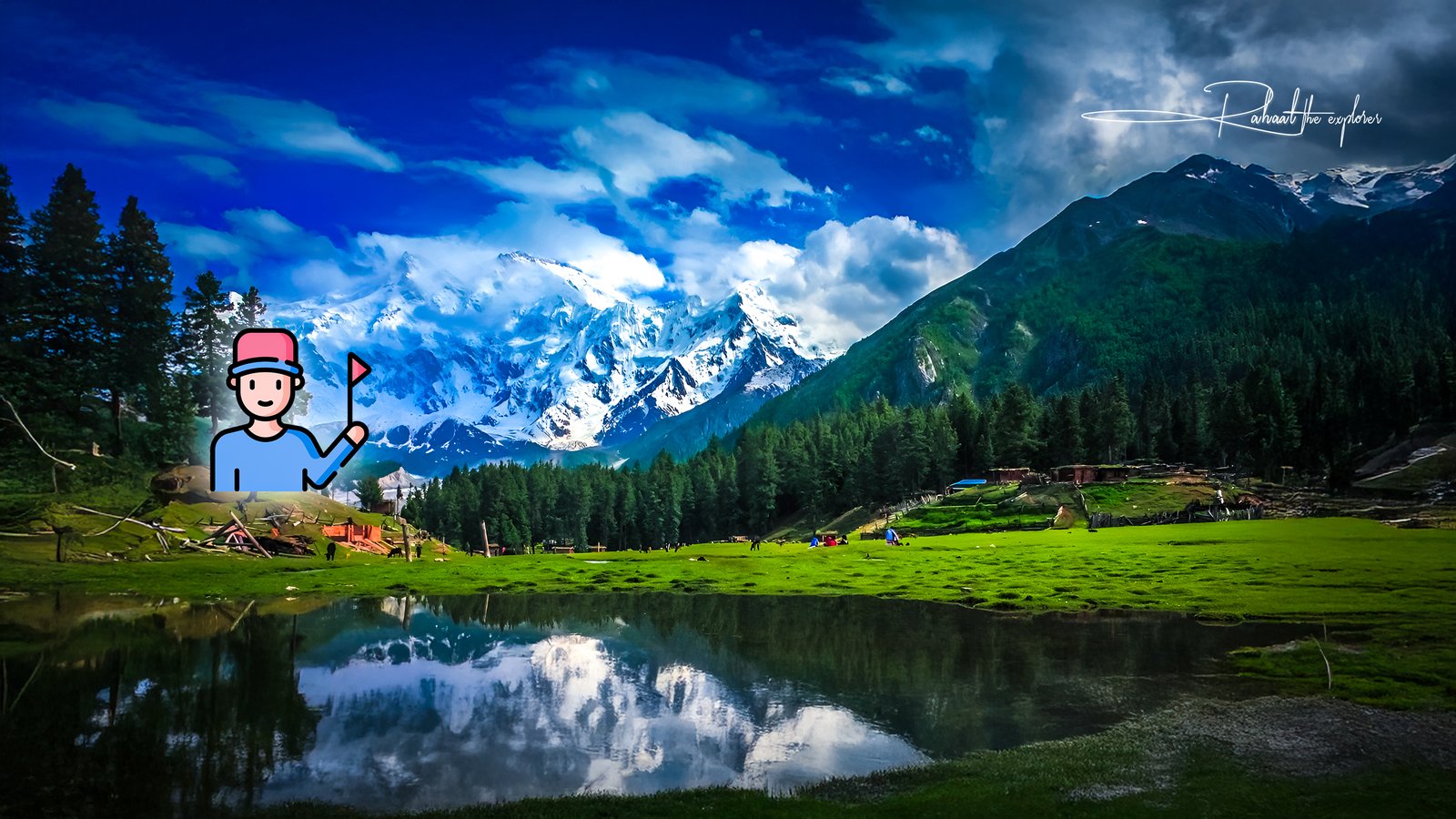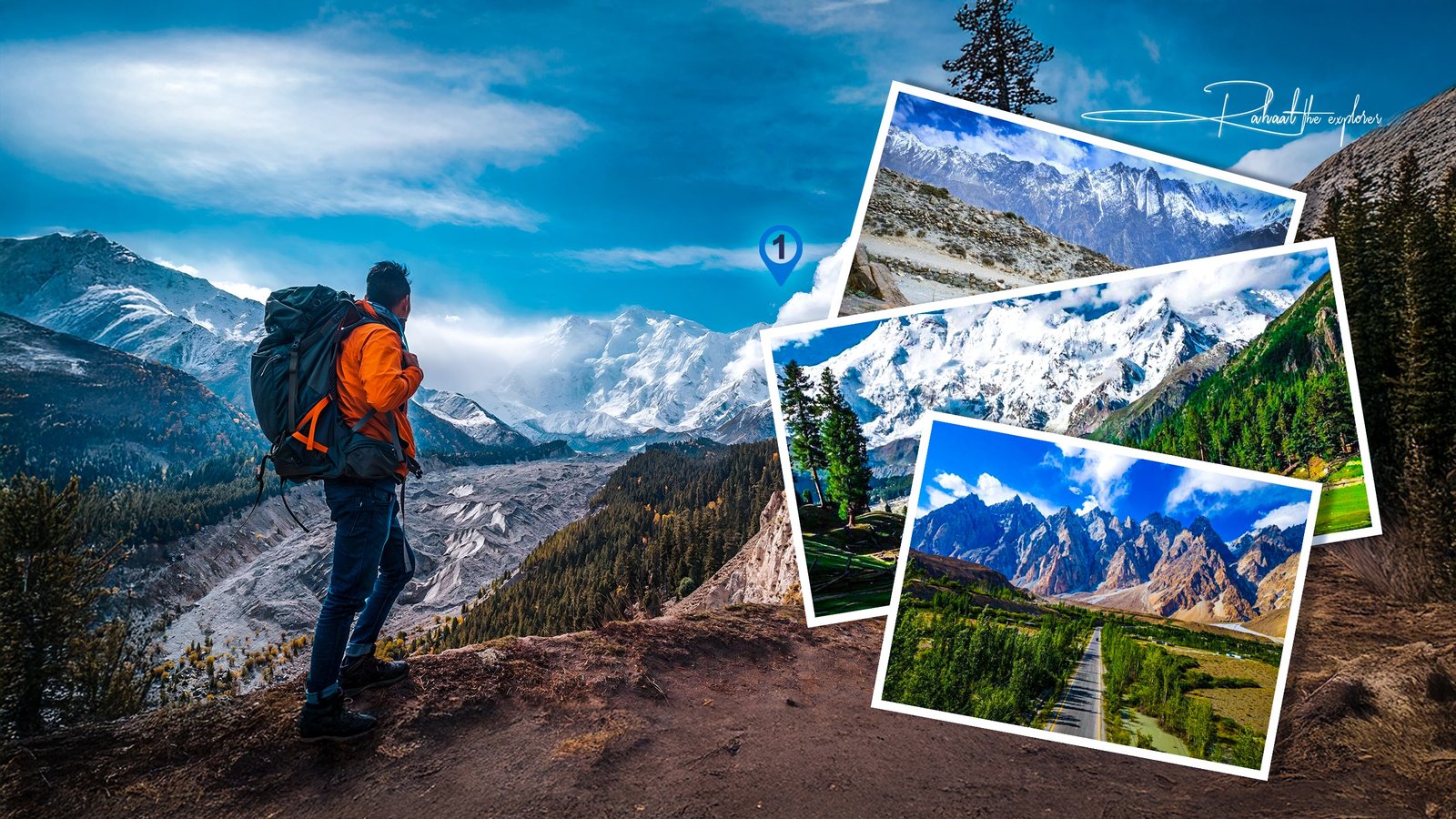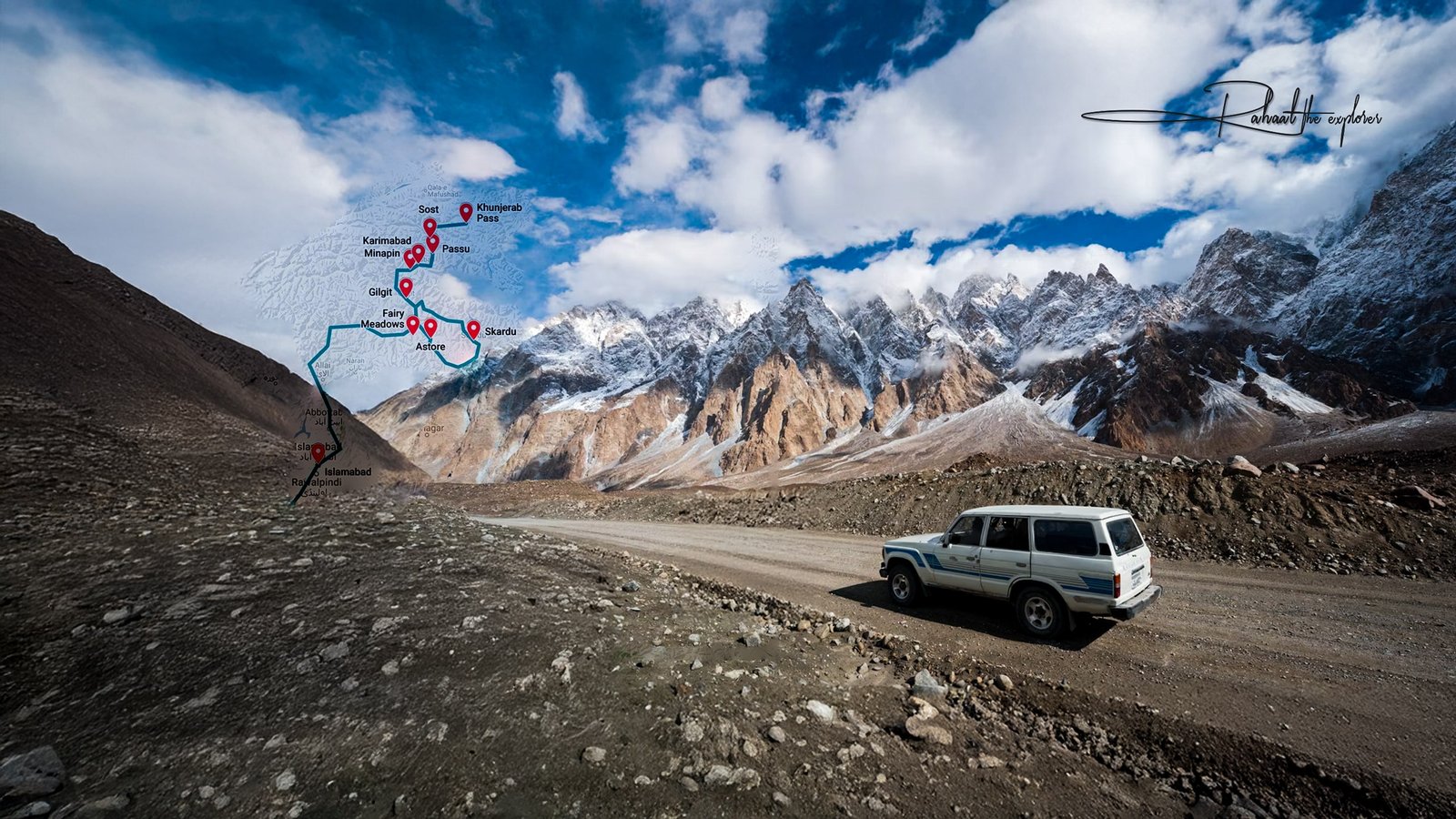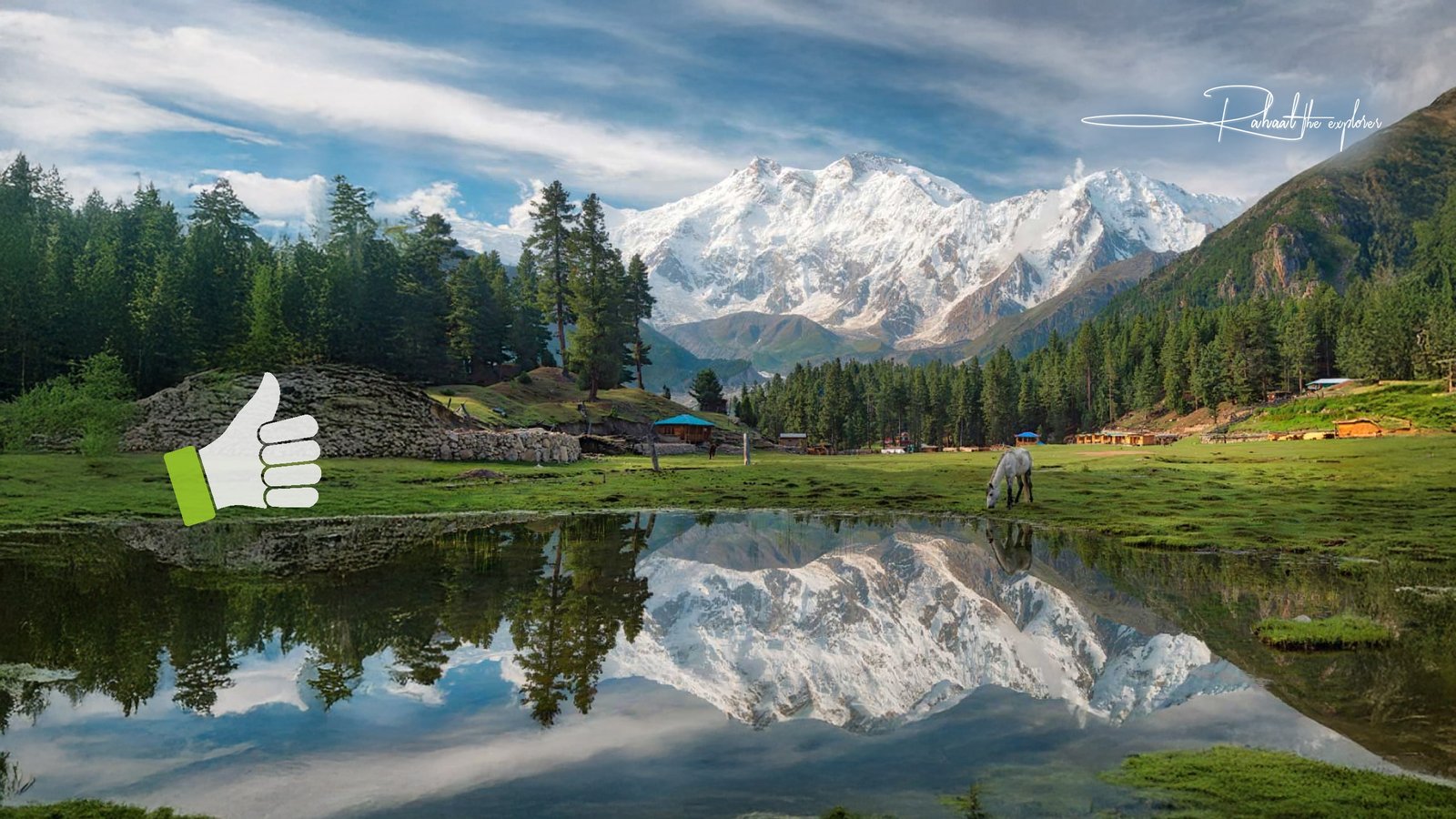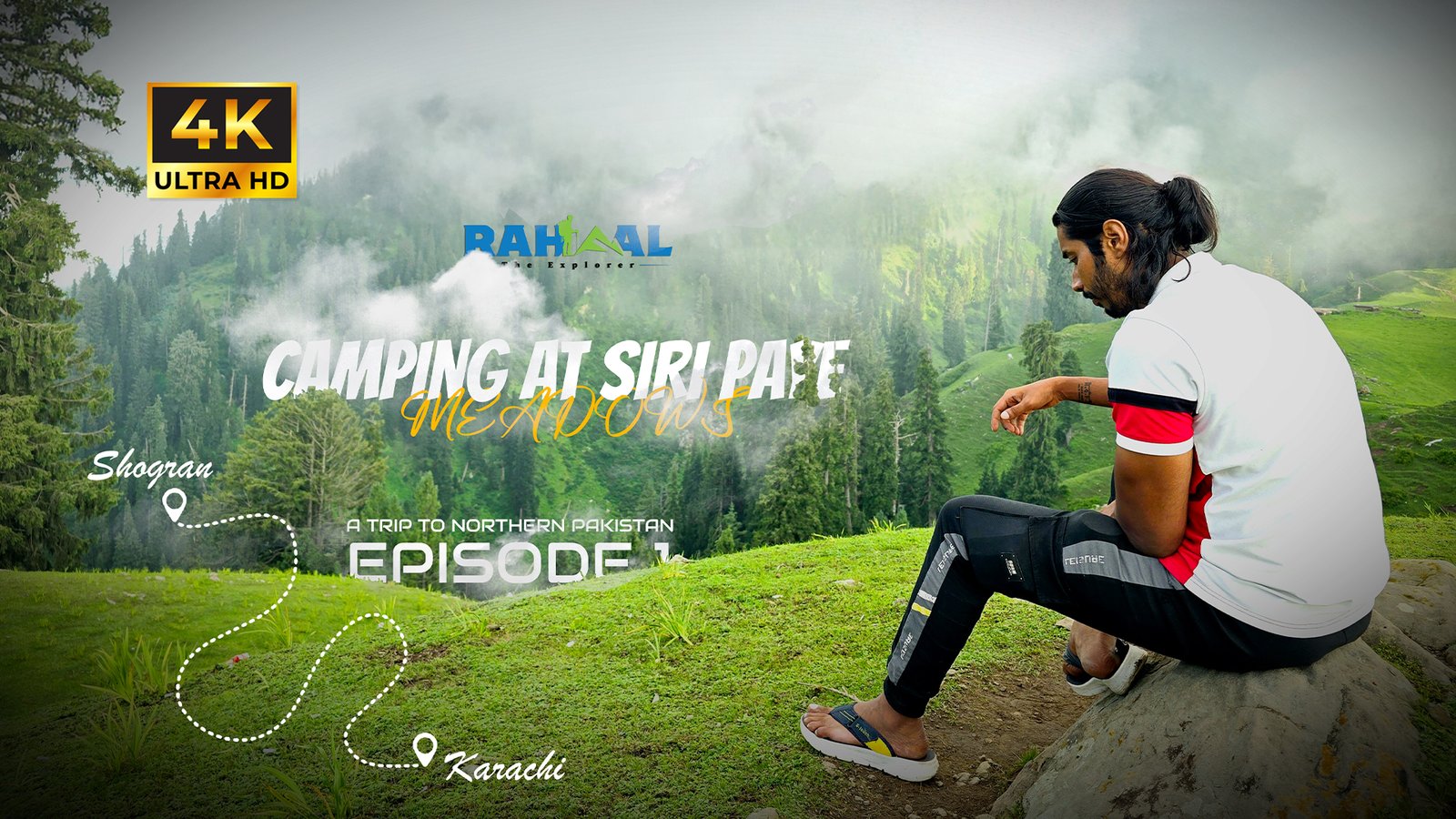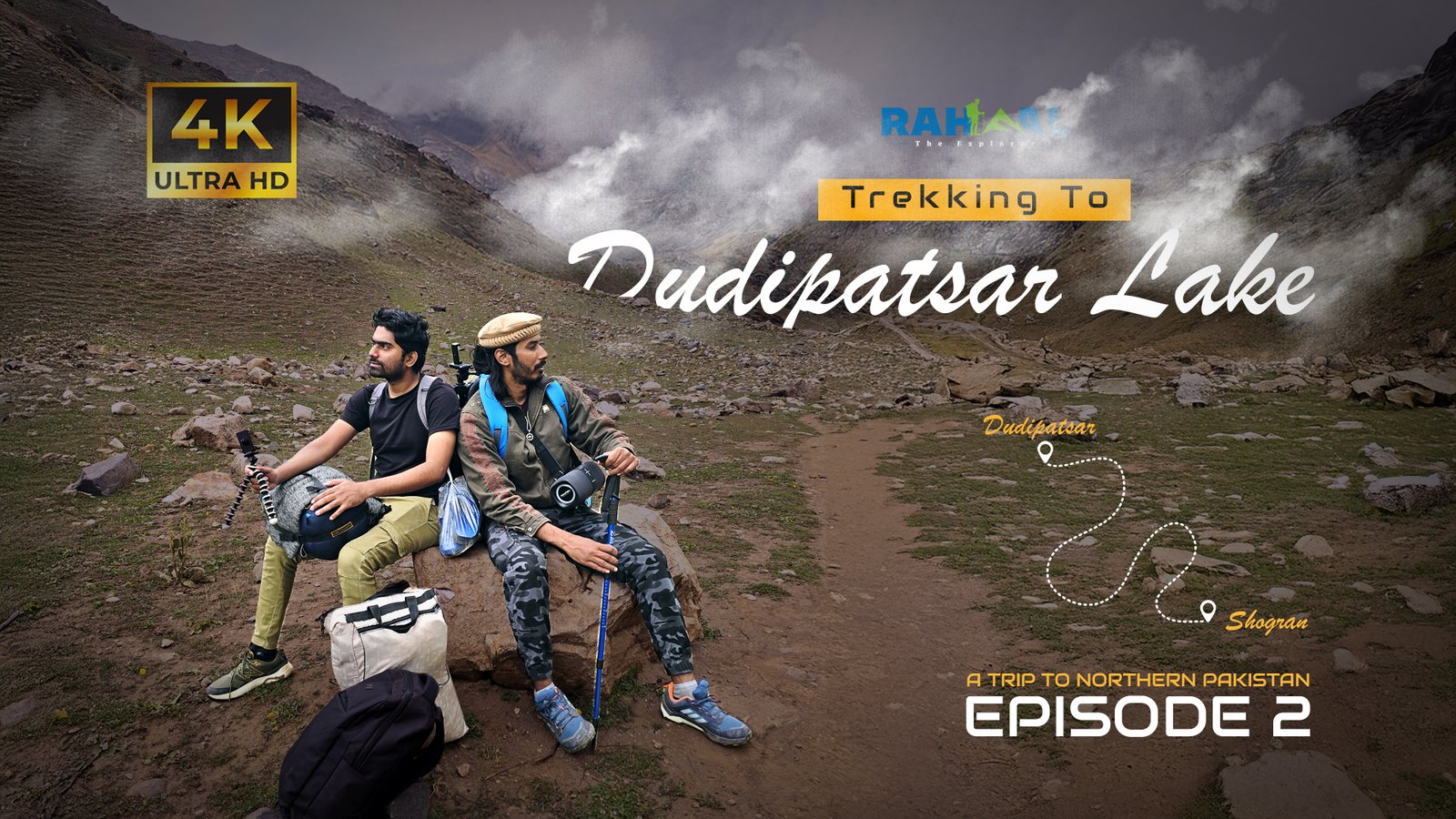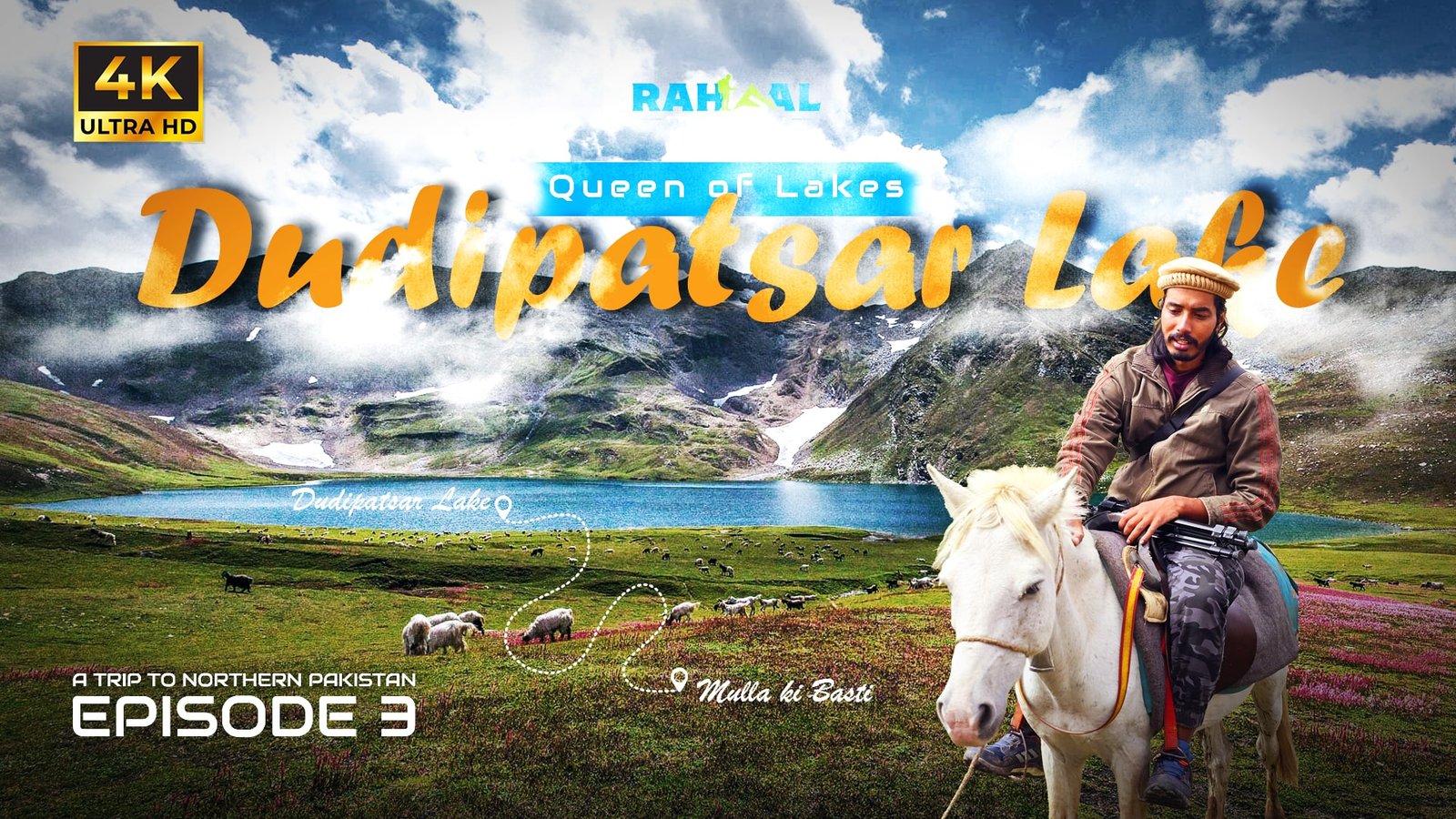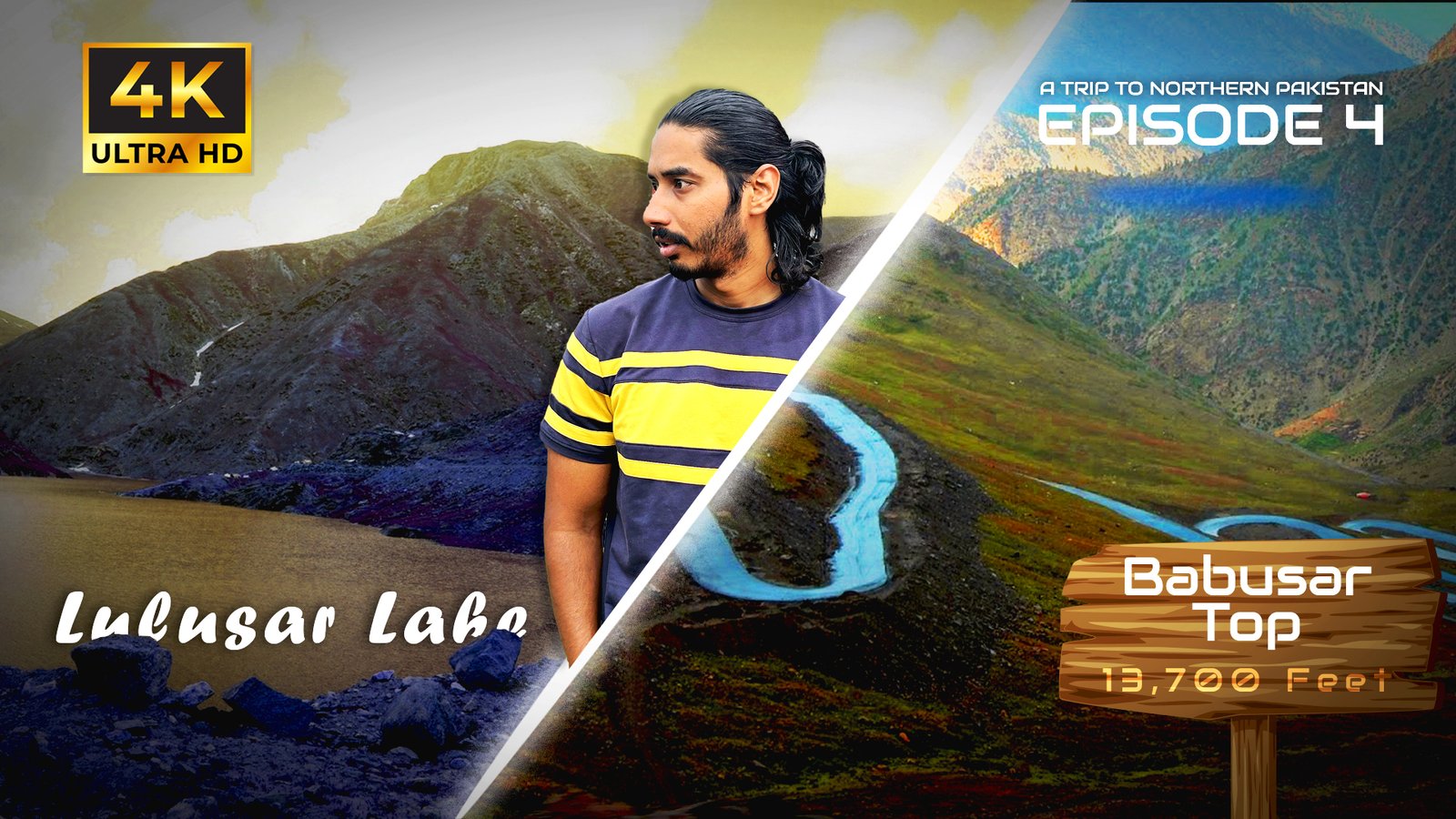Introduction
Few places on Earth inspire awe quite like the Pyramid of the Sun, the largest structure in the ancient city of Teotihuacan, Mexico. Towering over the Valley of Mexico, this incredible monument has stood for centuries as a testament to the ingenuity, culture, and mystery of the ancient Mesoamerican civilizations.
For travelers seeking both adventure and cultural enrichment, visiting the Pyramid of the Sun is a once-in-a-lifetime experience. In this comprehensive guide, you’ll learn everything about its history, how to get there, travel tips, and what to expect on your journey.
What is the Pyramid of the Sun?
The Pyramid of the Sun is the largest pyramid in Teotihuacan, one of the greatest ancient cities in the Americas. Built around 200 CE, it remains one of the most impressive archaeological sites in Mexico.
- Height: Approximately 65 meters (213 feet).
- Base: About 225 meters per side.
- Construction: Made of volcanic stone, rubble, and lime plaster.
- Symbolism: Believed to align with celestial and spiritual meanings, possibly dedicated to a sun deity.
History of the Pyramid of the Sun
The exact builders of Teotihuacan remain a mystery, but the city thrived between 100 BCE and 550 CE. Archaeologists believe the Pyramid of the Sun was central to religious ceremonies and rituals.
- Spiritual Significance: Likely dedicated to the worship of celestial bodies, especially the sun.
- Urban Center: Surrounded by the “Avenue of the Dead” and other monumental structures, it was part of a grand urban design.
- Rediscovery: Centuries later, the Aztecs discovered the ruins and named it “Teotihuacan,” meaning “the place where the gods were created.”
Today, the pyramid stands as a UNESCO World Heritage Site and one of the most visited attractions in Mexico.
Why Visit the Pyramid of the Sun?
The Pyramid of the Sun is not just a monument; it’s an immersive travel experience. Here’s why you should add it to your bucket list:
- Cultural Heritage: Explore one of the most important archaeological sites in the world.
- Adventure Travel: Climb the pyramid’s steps for sweeping panoramic views.
- Spiritual Journey: Experience the energy and symbolism tied to ancient civilizations.
- Photography Opportunities: Capture stunning shots of the pyramid and the surrounding ruins.
How to Get to the Pyramid of the Sun
From Mexico City
- By Bus: Buses leave regularly from Terminal del Norte and take about 1 hour.
- By Car: A 50 km drive northeast of Mexico City, taking about 45 minutes to 1 hour.
- By Tour: Guided tours often include transport, tickets, and expert commentary.
Entrance Fees & Hours
- Opening Hours: 9 AM to 5 PM daily.
- Entry Fee: Around 85 pesos (subject to change). Discounts may apply for children, students, and Mexican citizens.
Things to Do at the Pyramid of the Sun
1. Climb the Pyramid
One of the highlights is climbing the steps to the top. Although steep, the reward is a panoramic view of Teotihuacan and the Valley of Mexico.
2. Explore the Avenue of the Dead
This grand roadway connects the Pyramid of the Sun with other iconic landmarks, including the Pyramid of the Moon and the Temple of the Feathered Serpent.
3. Visit the Pyramid of the Moon
Smaller but equally fascinating, the Pyramid of the Moon offers another chance to experience Teotihuacan’s grandeur.
4. Museo de la Cultura Teotihuacana
Learn more about the artifacts, history, and daily life of Teotihuacan’s inhabitants.
5. Shopping & Souvenirs
Local vendors sell handcrafted jewelry, obsidian figurines, and traditional art near the entrance.
Best Time to Visit the Pyramid of the Sun
- Morning (9–11 AM): Cooler weather and fewer crowds.
- Afternoon (1–3 PM): Warmest, but excellent for photography.
- Season: Dry season (November–April) is the most pleasant, avoiding heavy summer rains.
Travel Tips for Visiting the Pyramid of the Sun
- Wear Comfortable Shoes: The steps are steep and uneven.
- Bring Water & Snacks: Limited vendors inside the archaeological zone.
- Sun Protection: Sunscreen, hats, and sunglasses are essential.
- Cash: Carry small bills for tickets, souvenirs, and food.
- Respect the Site: It’s an ancient sacred space; avoid littering and vandalism.
Photography Tips
- Golden Hours: Early morning and late afternoon provide the best lighting.
- Wide Shots: Capture the pyramid with surrounding landscapes.
- Drone Photography: Check regulations, as drones are often restricted.
- Include People: Show scale by photographing visitors climbing the pyramid.
Food & Dining Near the Pyramid of the Sun
After exploring, you’ll likely want to enjoy some local cuisine:
- La Gruta Restaurant: A unique dining experience inside a cave near the site.
- Local Street Food: Tacos, quesadillas, and tamales available outside the archaeological zone.
- Traditional Mexican Beverages: Don’t miss pulque, a traditional drink made from agave.
Accommodation Options Near Teotihuacan
- Budget Stays: Small hotels and hostels in San Juan Teotihuacan.
- Mid-Range Hotels: Comfortable accommodations with modern amenities near the site.
- Luxury Resorts: Upscale stays often include spa services and guided tours.
FAQs About the Pyramid of the Sun
Q1: How many steps are there on the Pyramid of the Sun?
There are about 248 steps leading to the top, though exact counts may vary slightly.
Q2: Can you still climb the Pyramid of the Sun?
Yes, climbing is allowed, though some areas may be restricted for preservation or safety.
Q3: Is the Pyramid of the Sun safe to visit?
Yes, it is safe, but visitors should watch their footing on steep steps and bring essentials like water.
Q4: How much time should I spend at Teotihuacan?
At least half a day is recommended to explore the Pyramid of the Sun, the Pyramid of the Moon, and the Avenue of the Dead.
Q5: What makes the Pyramid of the Sun unique?
Its massive size, mysterious origins, and symbolic connection to the cosmos make it one of the most important structures in ancient Mesoamerica.
Q6: Is the Pyramid of the Sun family-friendly?
Yes, children can visit, but climbing may be challenging for younger kids.
Q7: Is there wheelchair access?
The base of the pyramid is accessible, but climbing to the top is not possible for wheelchairs.
Conclusion
The Pyramid of the Sun is more than just an archaeological wonder—it’s an unforgettable travel experience that blends history, culture, and adventure. Standing atop its summit, you’ll feel the same awe that countless visitors and worshippers have felt for centuries.
From learning about ancient civilizations to enjoying breathtaking views and vibrant local culture, visiting the Pyramid of the Sun is a journey every traveler should experience.
So pack your sense of adventure, prepare for a climb, and let Teotihuacan’s magic leave a lasting mark on your soul.


